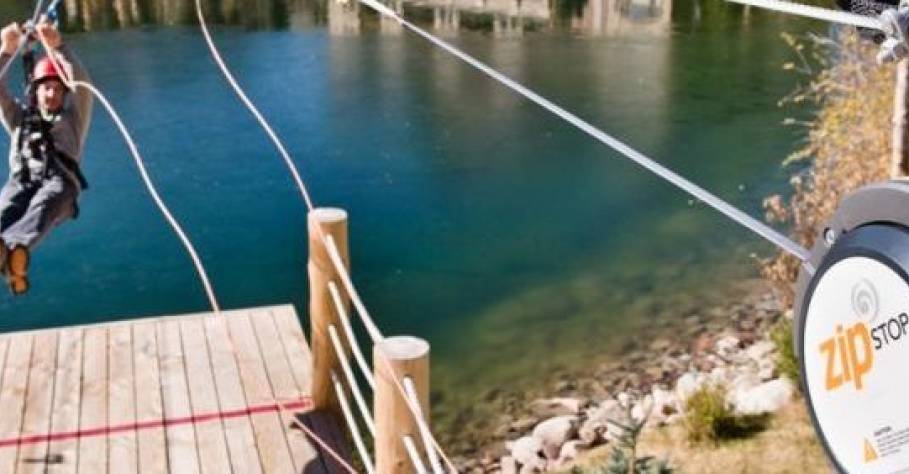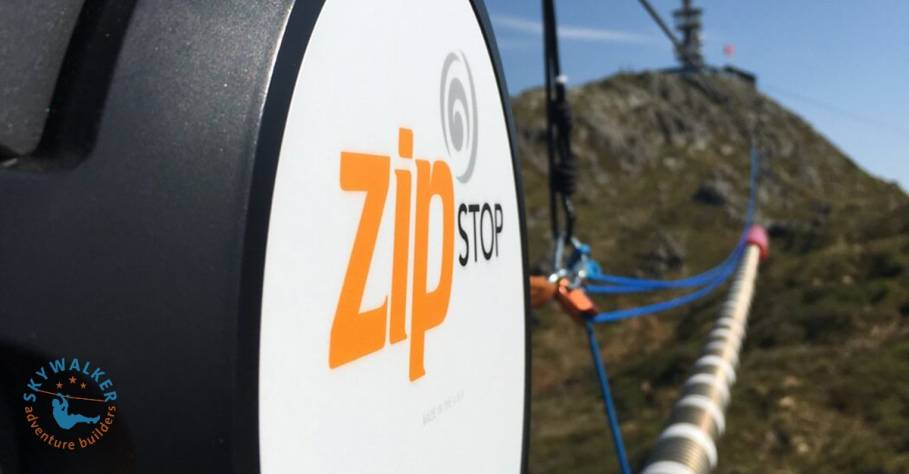Adventure play refers to a form of play that encourages children to engage in spontaneous, imaginative, and self-directed activities. It focuses on allowing children to take risks, explore, and create their own play experiences, often with minimal adult intervention. The emphasis is on promoting creativity, problem-solving skills, physical activity, and social interaction. Adventure play can take place in various settings, from natural environments like forests and beaches to specially designed play areas.
An adventure playground is a designated area specifically designed to facilitate adventure play. These playgrounds typically feature unconventional and flexible structures, such as loose parts (e.g., tires, planks, ropes), natural elements (e.g., trees, rocks, sand), and recycled materials that children can manipulate and use to build their own play environments. Adventure playgrounds are distinct from traditional playgrounds in that they offer more opportunities for children to engage in unstructured, imaginative play and to take risks within a managed, often supervised, setting. The aim is to create a dynamic and stimulating environment that encourages creativity, physical activity, and social collaboration.
Latest News
Latest News

Expert Tips for Zip Line Brake Installations
Our goal at Skywalker is to help create the best rider experiences and to improve operations for climbing facilities, adventure providers, and zip line operators. The zipSTOP Zip Line brake came to...

Zipline Spring Brake: The Ultimate Guide to Safety and Efficiency
Zip lining is an adventure sport that offers an exhilarating experience, but behind all the thrills lies a complex system of engineering and safety measures. One of the most critical components in...

Safeguarding Adventure: The Importance of a Safety and Quality Management System at Adventure Parks
Adventure parks offer exciting experiences that attract people from all walks of life. From ropes courses, zip lines, and obstacle courses to outdoor recreational activities, adventure parks have...

How Predictive Maintenance can Maximize Profits and Safety
Predictive maintenance is an advanced approach to equipment maintenance that uses data-driven insights to predict when equipment may fail or require maintenance. This proactive method allows...











